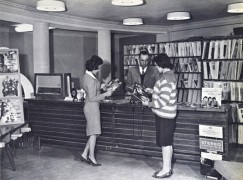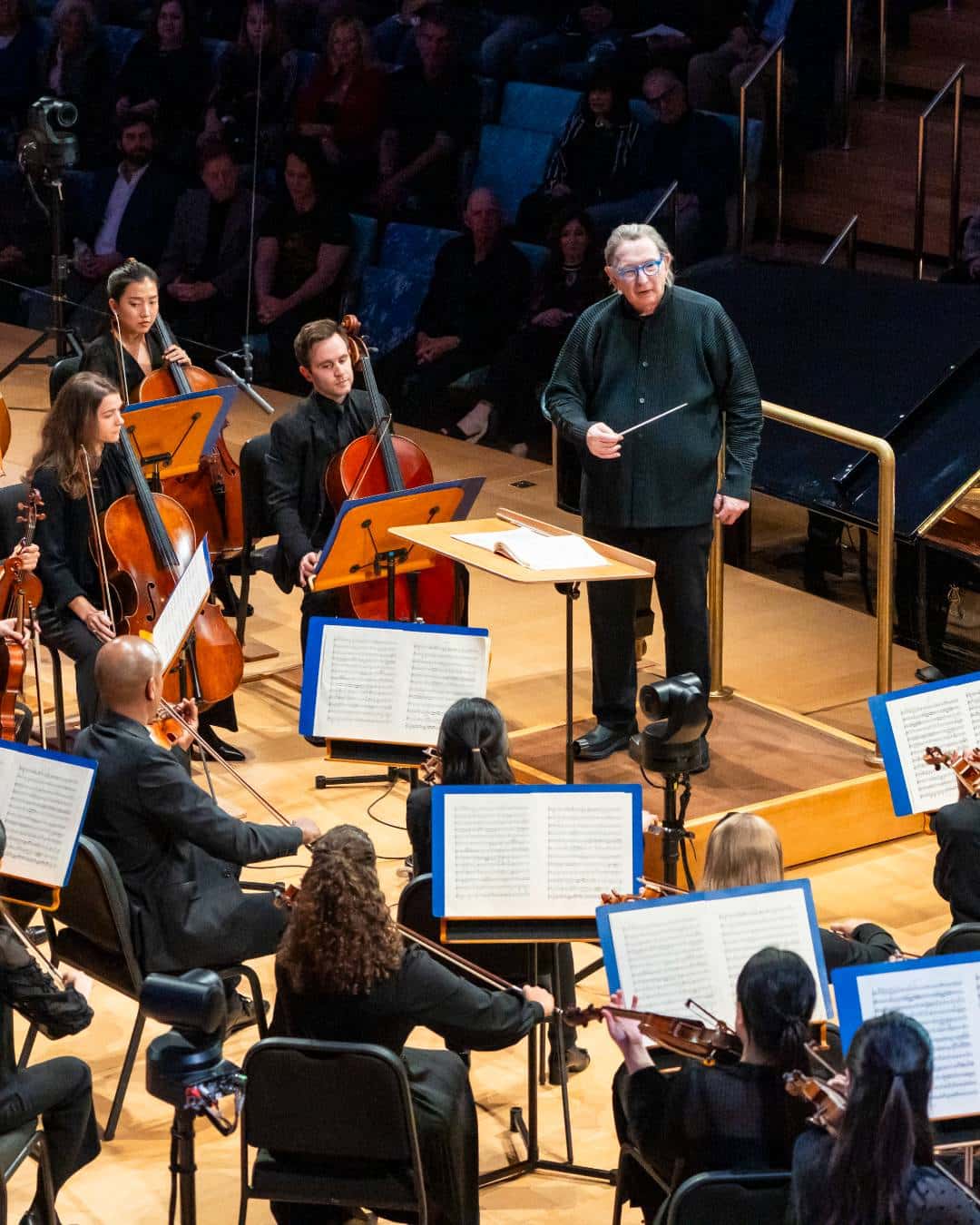Classical hits all-time US low
mainOn the annual breakdown of recording sales from Nielsen Soundscan, classical achieved just 1.3 percent of the market, bumping along the bottom with jazz and children’s records.
Even more discouraging, classical and jazz scored the highest proportion of physical sales vs digital, signifying that the consumer sector belongs to an older generation and is out of step with technology.
On a broader front, the mass market was stunned to learn that older catalogue albums outsold new material for the first time since records were kept.
A bleak picture all told. See for yourselves here.






Comments